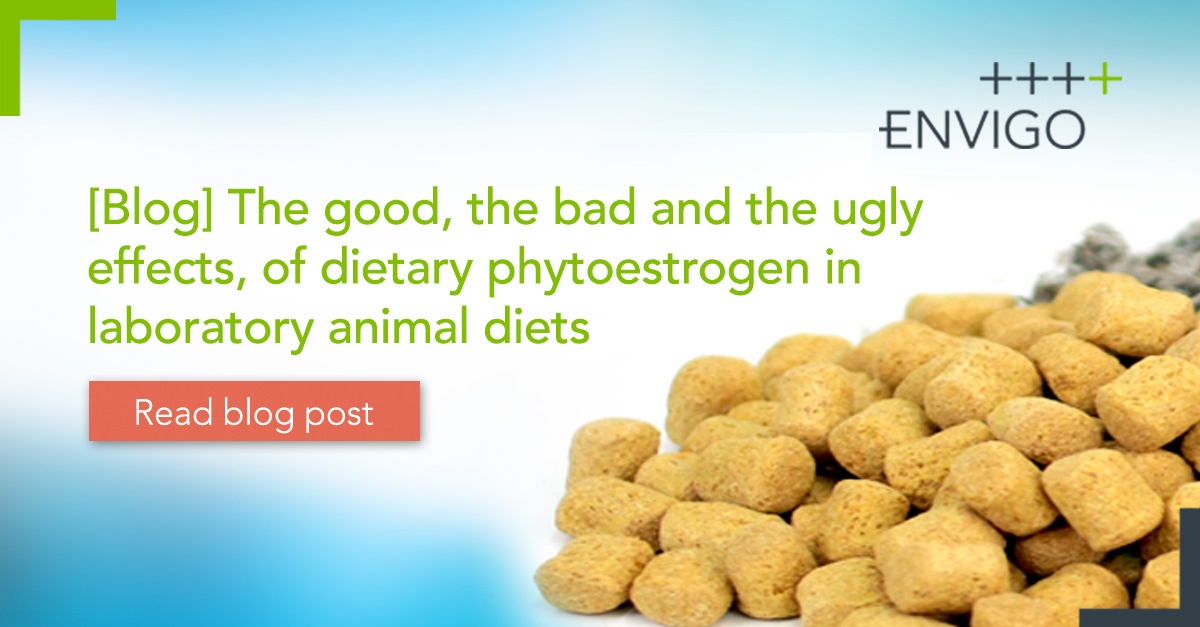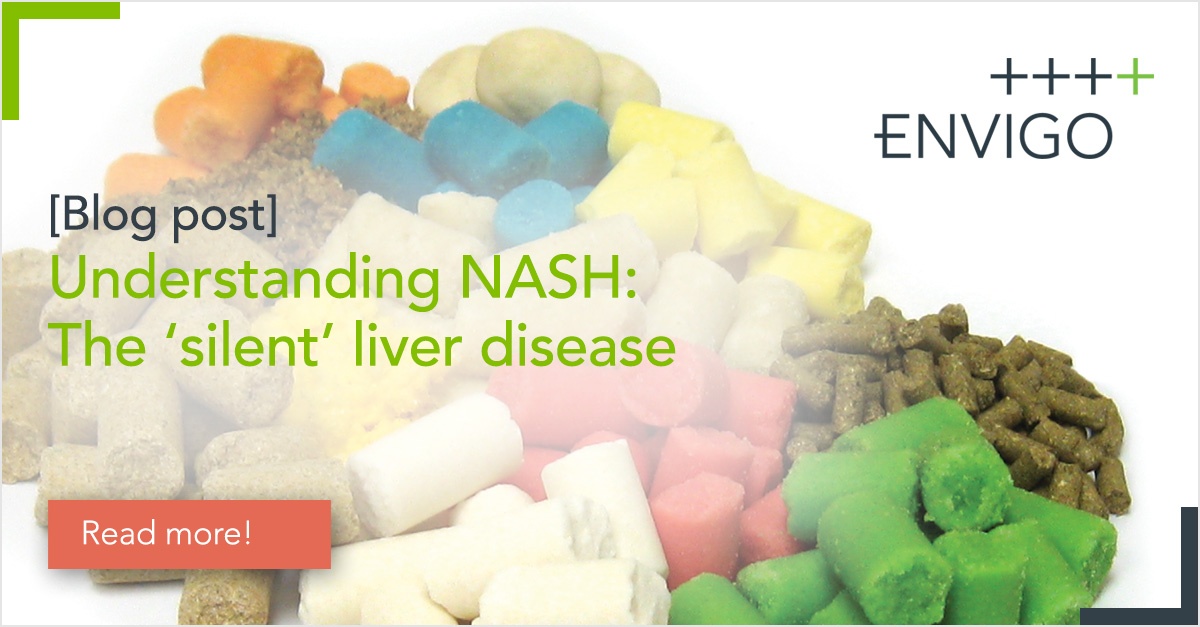

The good, the bad and the ugly effects, of dietary phytoestrogen in laboratory animal diets
Soybean meal, a common ingredient in laboratory animal diets, contains variable levels of phytoestrogens. These plant-derived compounds mimic the structure and function of estrogens in mammals and...

Understanding NASH: the 'silent' liver disease
The so-called “silent” liver disease of NASH ranks third for the leading causes of liver transplants and our global obesity epidemic has only increased the prevalence of NASH. Without an approved...

Understanding the effect of high-fat rodent diets on obesity phenotypes
Studying obesity, diabetes, insulin resistance, or other metabolic syndromes requires feeding rodents purified, high-fat diets, but at what age should a high-fat diet be introduced to a model? Which...

